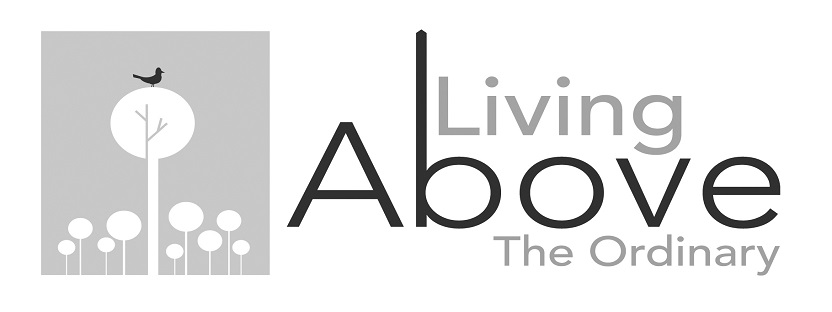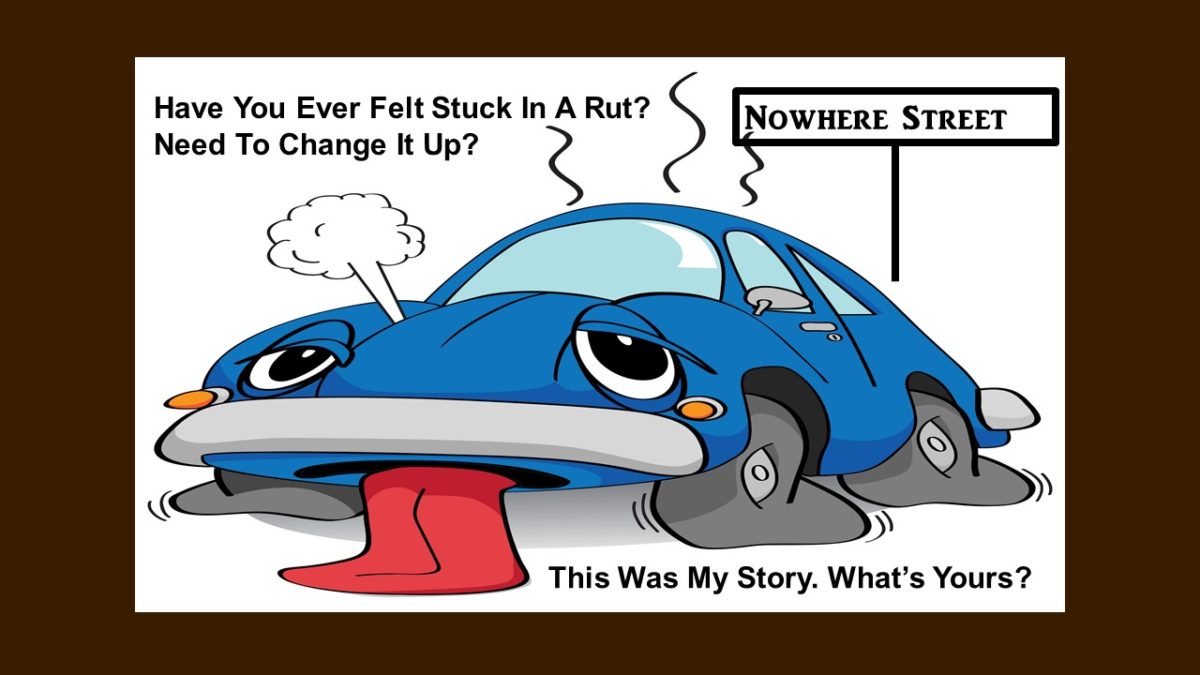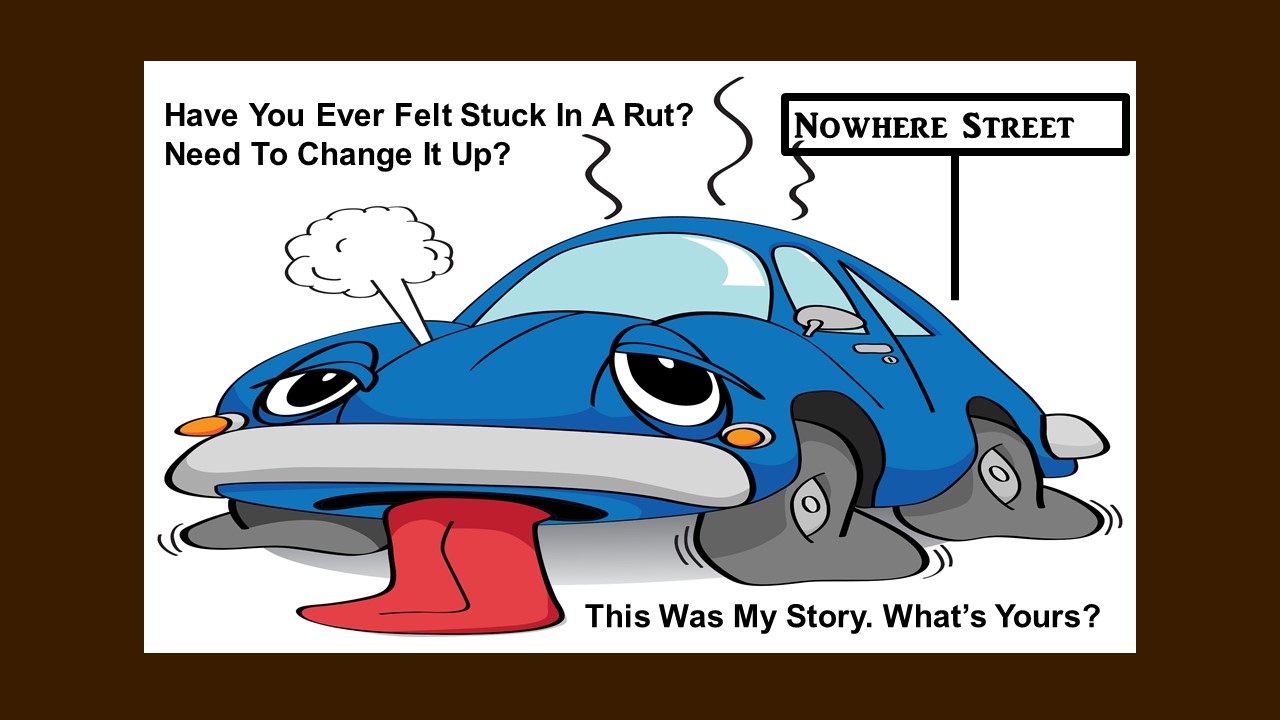
Are You At A Crossroads In Your Life? (Part I)
December 29, 2018
Don’t Let Outside Influences Stop You
January 6, 2019As I wrote in the last post, I just needed a great idea. Here is how it happened. At the time, I was an elementary school guidance counselor and was attending a weekend workshop sponsored by the American School Counselor Association. At this workshop an idea popped into my mind about how I could test Hill’s philosophy on achieving any goal. The topic of one of the presentations was about some of the newer games on the market and some of the older ones used successfully by therapists and counselors to intervene in response to specific needs of children.
The speaker talked about one of the most successful games at the time—The Talking, Feeling, and Doing Game invented by Dr. Richard Gardner. Of course, we all knew about this wonderful play therapy game. I can remember it being the first therapeutic game I purchased and utilized to facilitate my work with children. What sparked a flash in my mind was when the speaker said, “By the way, Dr. Gardner, the inventor of the game, put his three daughters through college with the royalties earned from it.”
There it was! When he said those words, out of nowhere and I didn’t know why, I simply said to myself, “IF HE CAN DO THAT, SO CAN I! I’M INVENTING A BOARD GAME!”
Honestly, I don’t even know why I thought it or how it popped into my mind; but it did, and somehow, I believed I could do it. There seemed to be no rhyme or reason to it at the time. I had never thought about inventing a board game—I had no idea what to do or how to do it. I didn’t know anyone who had invented one.
When I got home from the workshop, I sat down, and for the first time in my life, I wrote a goal plan. One of the principles in the book, Think and Grow Rich, states that you have to write a definite plan with all the steps for its achievement and a date for its completion. I didn’t know exactly where to start, so I just started to write down ideas and draw the game board that was in my mind. All I needed was the right idea.
Everything we need is right here for us to begin the creative process. With a burning desire to create a “thing” that is on the screen of the mind, we begin to look past what is presently there now. We just have to come up with an idea, believe in it, and do the work to manifest it into reality. The telephone, the airplane, the car, and the Internet have always been here. Someone just exercised the mental muscle, imagination, and visualized it in his or her mind discovering how to bring it to life—just like everything else ever created.
A few days later while at school during lunch duty, one of the teachers was complaining about the aggressive and bullying behavior the children in her class were exhibiting while on the playground. I suggested that I could come into her classroom the next day and give a developmental lesson on I-messages. I-messages teach children to speak to each other in an assertive rather than aggressive manner. They are statements that attack the deed and not the doer.
The next morning just as I was about to go into the classroom—it hit me! Maybe I could invent an I-messages game. The concept is wonderful and would teach children a skill they could use throughout their lives. I couldn’t wait to see if there was a game like it; and sure enough, no one had thought of it! There wasn’t one like it on the market. Maybe a company would take it. Keeping the goal on the forefront of my mind created an awareness of an opportunity that I might not have noticed otherwise.
Using my goal plan with action steps, I designed the game and sent it off to the Western Psychological Service that at the time had the Creative Therapy Store—a store where counselors, psychologists, and therapists could buy games to supplement their work with children. Long story short, the company contacted me stating their interest in publishing the game and included a contract for it. The name was changed to Use Your I’s.
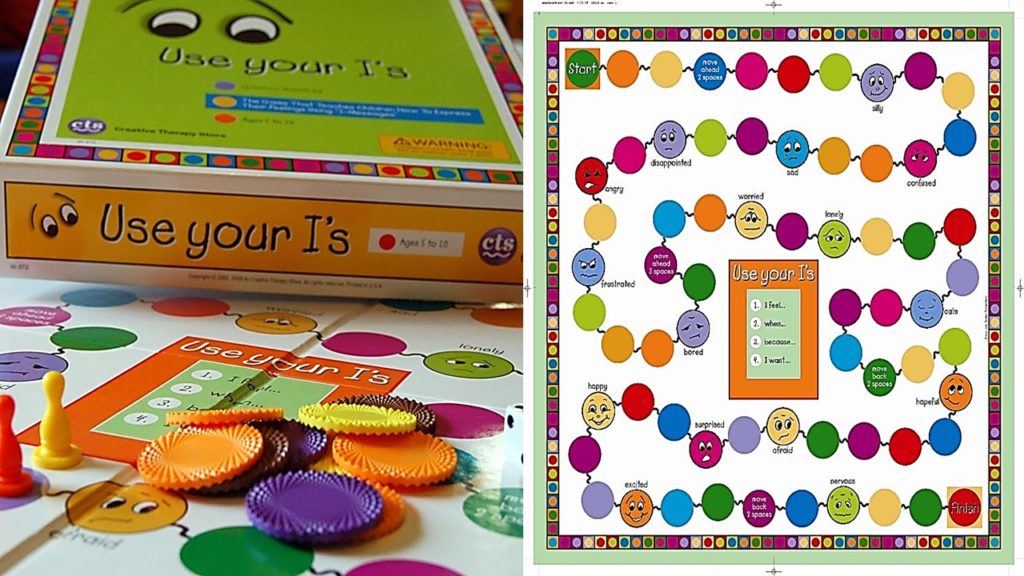
I wondered if I had succeeded because I was determined and persevered until the goal plan became a reality. I still wasn’t totally convinced about this goal planning, although I felt I was on to something. So I designed another goal with action steps and created another board game and called it I Feel Angry When…

It teaches children anger-control strategies when in challenging situations. Lo and behold, the company took that one as well and published it. There was definitely something to this goal plan and goal-achieving stuff!
Then I thought to myself, “Wouldn’t it be great if children learned the goal-planning process at an early age?”
It makes so much sense because if you think about it, a child’s personal engagement and investment in the whole process would create motivation, inspiration, and energy to achieve a goal. It is a skill that children can use throughout their lives. I thought what better way for children to become more responsible and build character for successful management of behavior! They could even create goals that would help them to aspire to reach greater scholastic achievement or help draw out personal passions and interests. I decided to write a book about the power of goal setting for children.
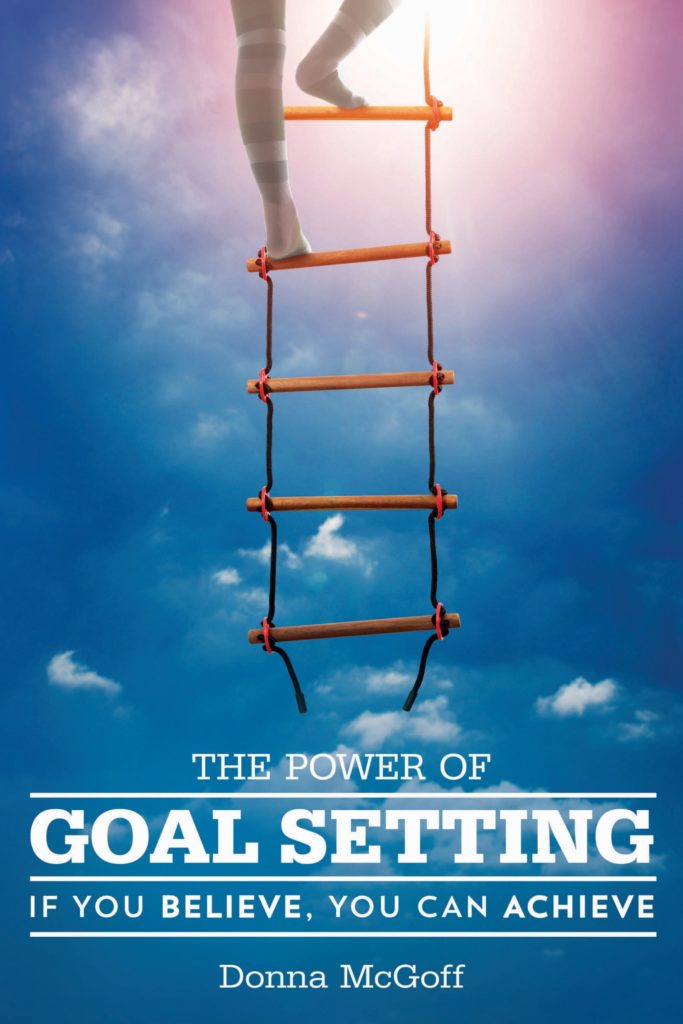
Like I said in the beginning, my ride down the road of life used to be the same old route day in and day out. Now, I always have a goal in the works, and it makes my life so much more meaningful and exciting. How about you? Do always have a goal in the works? It will be uncomfortable and challenging at times—but it will make you grow. Lou Whitaker says it nicely, “If you’re not standing on the edge, you’re taking up too much room.”
Remember what I said about the inventor? “If he can do it, so can I.” Well, if I can do it, so can you—whatever you choose from life.
